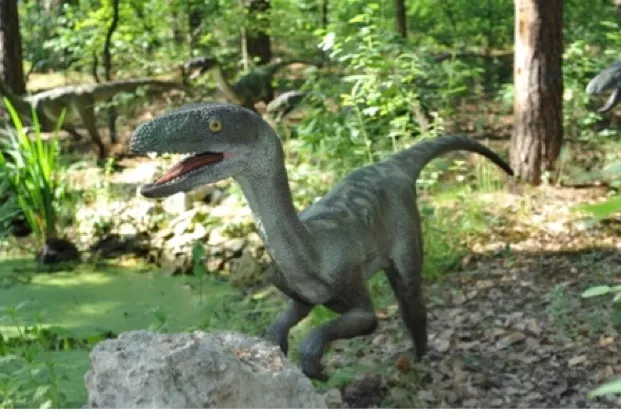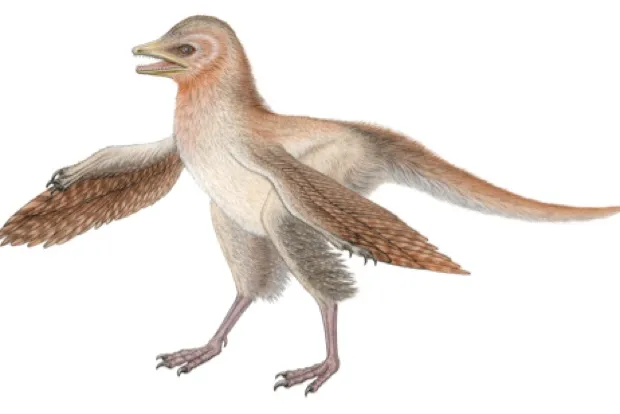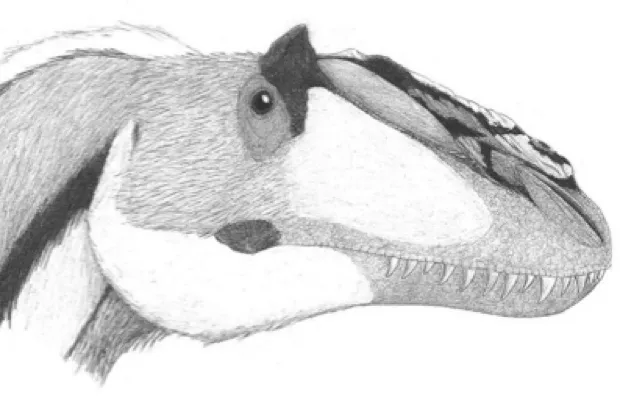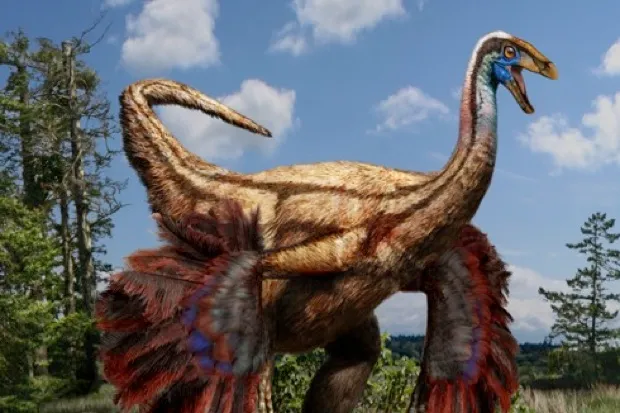After years of speculation, Jurassic Park 4 has finally been given the go-ahead, with a release date of June 2014. In the 20 years since the original movie hit the cinemas, our knowledge of these ancient giants has grown considerably. Crucially, we now think that many of our favourite dinosaurs were feathered, and by studying tiny colour pigments in the fossils, known as melanosomes, we can even start to uncover what colour they were.
So director Colin Trevorrow created quite a stir when he announced on Twitter that the film would not be featuring any feathered dinosaurs.Still, if Jurassic Park were to feature some of the fluffier dinosaurs (in appearance only, of course) there’d be plenty to choose from. Here are five of the most recent feathered discoveries…
1
Velociraptor

One of the main antagonists in the original Jurassic Park film, scientists suspected Velociraptors had feathers for a while. Their hunch was confirmed in 2007 when quill knobs, showing where feathers attached to the bone, were found on a Velociraptor fossil in Mongolia.
2
Eosinopteryx

Only discovered this year, this tiny dinosaur measured just 30cm long and lived 140 million years ago during the Jurassic period. Despite being flightless, the Eosinopteryx had small wings; a significant discovery, as birds were originally thought to have evolved from dinosaurs in the later Cretaceous period.
3
Yutyrannus

It’s not just the small dinosaurs that had feathers; members of the tyrannosauroid family, which included the mighty T-Rex, also sported the look. The Yutyrannus, 9m long and weighing up to 1,400kg, is the largest known feathered dinosaur, with scientists thinking they were used to regulate temperature or for display.
4
Similicaudipteryx
This dinosaur’s fossils were first uncovered in 2007, and in 2010 two new juveniles were uncovered, both showing clear evidence of feather development. The presence of feathers in a juvenile fossil was particularly helpful for palaeontologists studying how they developed in young dinosaurs.
5
Ornithomimus

Roaming over what is now North America, both young and mature Ornithomimus dinosaurs had feathers. In 2012, new wing-like structures unique to the adults were identified, leading scientists to suggest that they developed as the creature matured, maybe to help them attract mates.
Follow Science Focus onTwitter,Facebook, Instagramand Flipboard